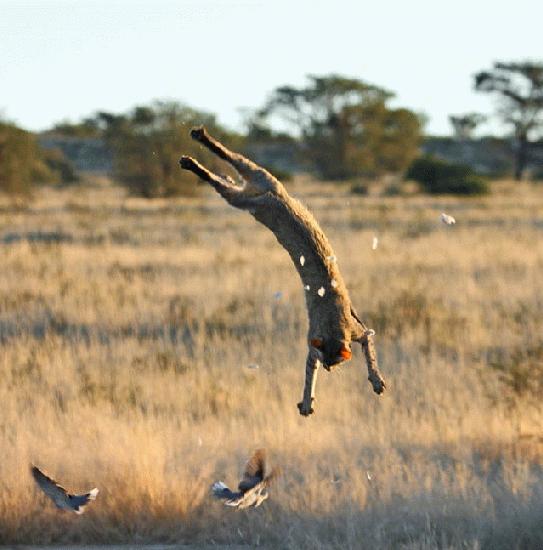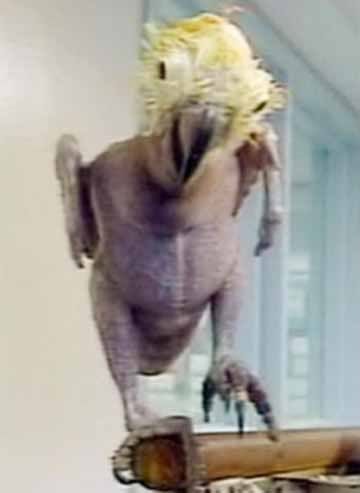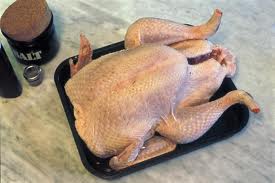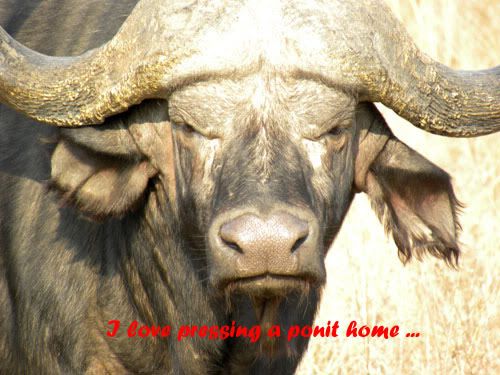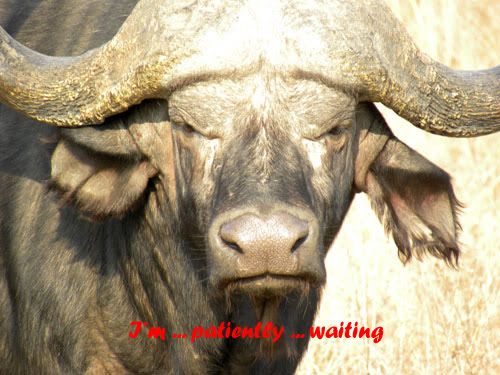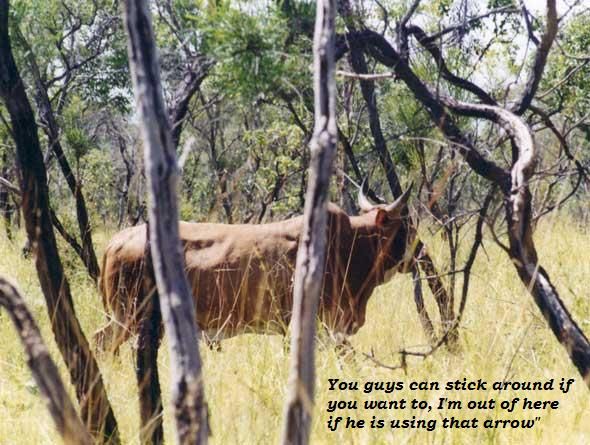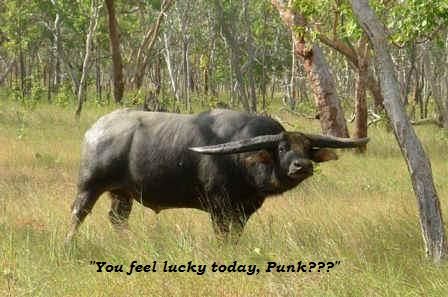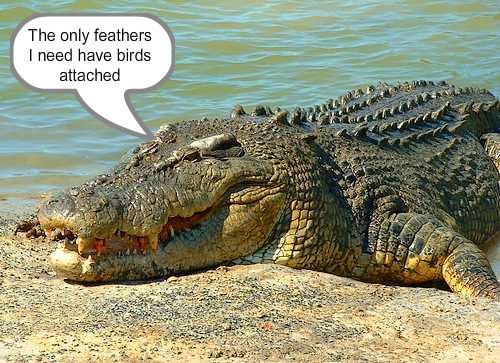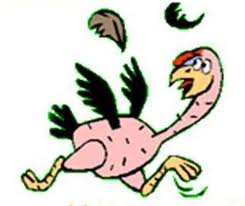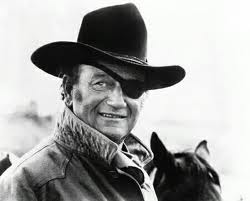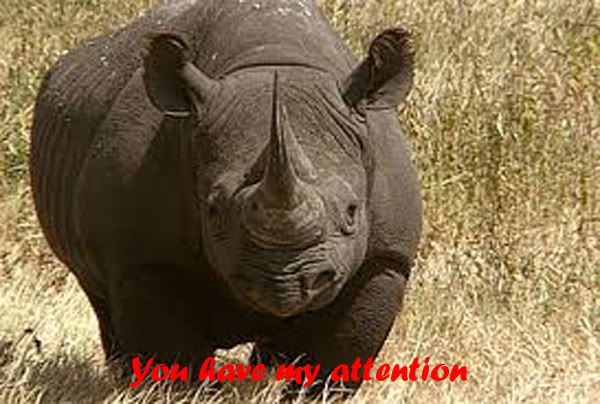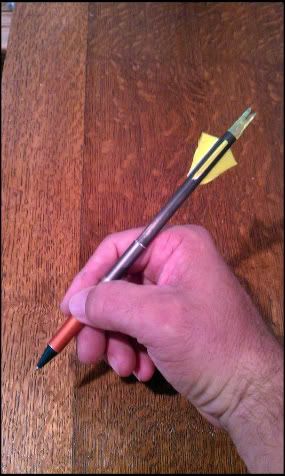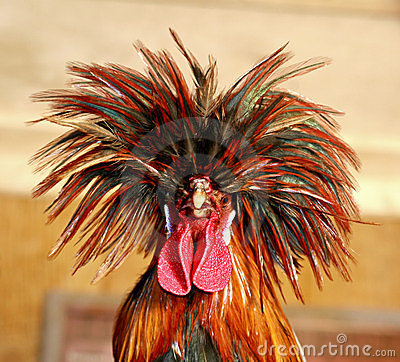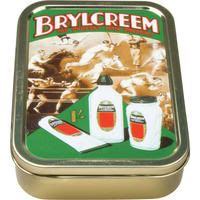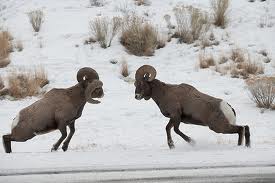Home › Forums › Friends of FOC › Feather???? What Feathers!!!!
-
AuthorPosts
-
-

You Have to use feathers!!! Otherwise the Trad Police will be on you!!!
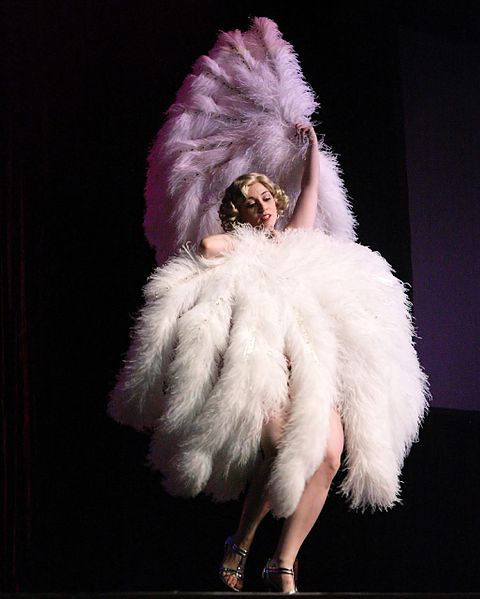
You know I have to have feathers!!!
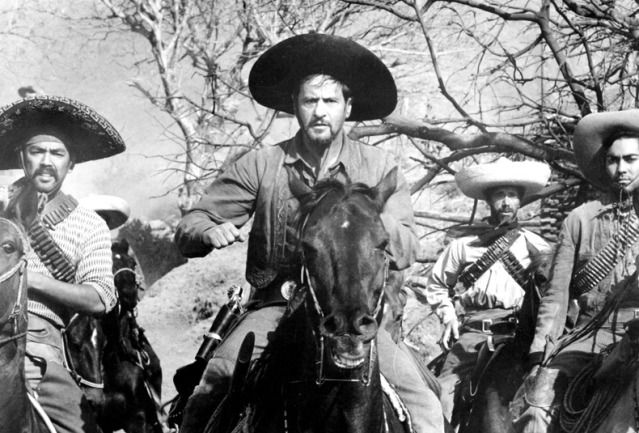
We don’t need no stinking feathers!!!

Fellow, If I have to I’ll beat it into you!!! You have to use feathers!!!
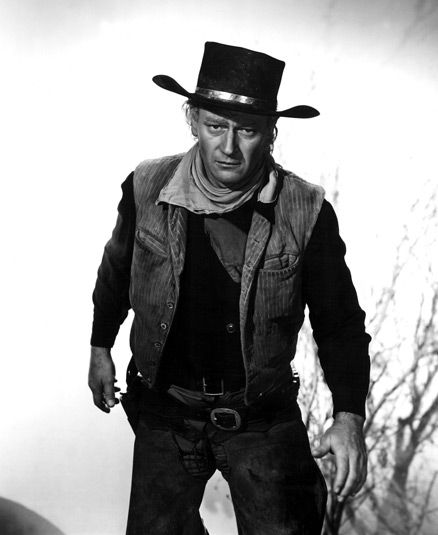
Well you better look at what at what my homie Troy just did!!!!
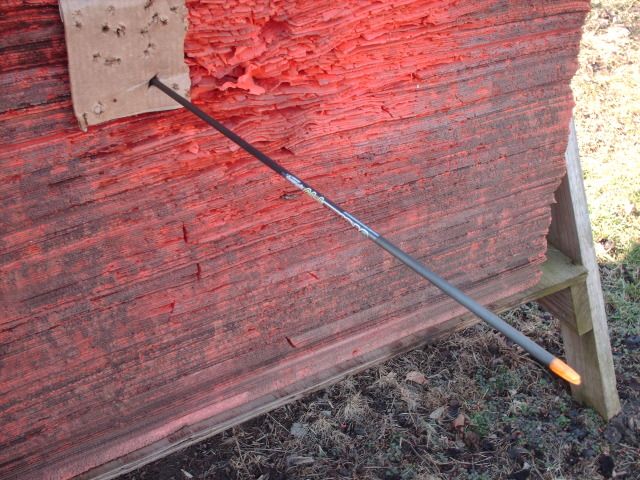
5 yards

10yards
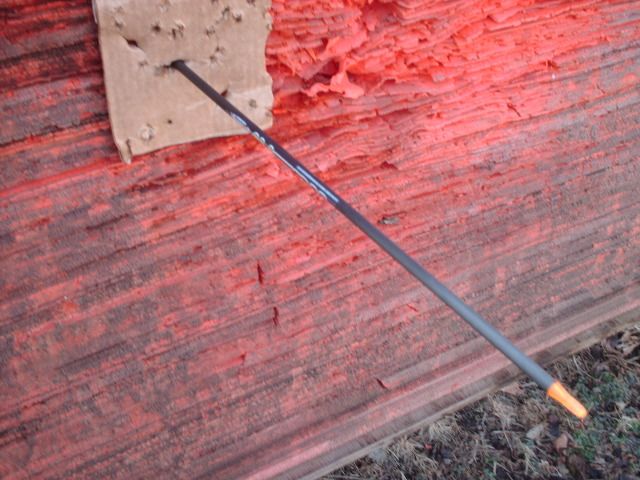
15yards

20yds
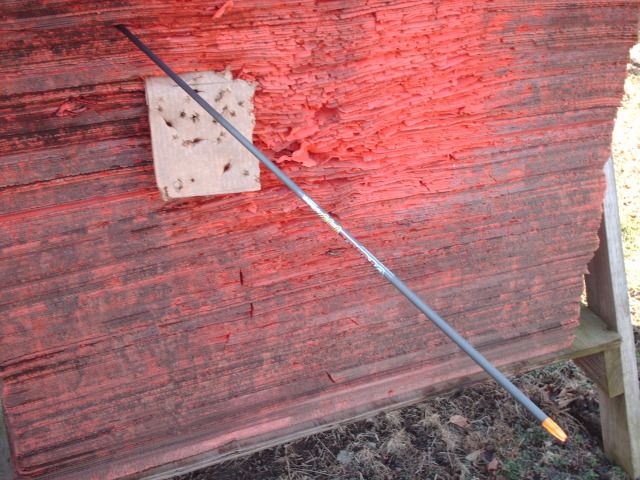
25 yards
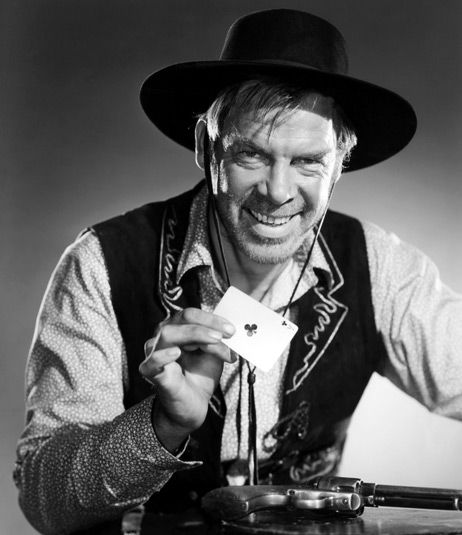
OK,,, so he didn’t do so well at 25yds, neither did I when I drew this ace. But look at what he was shooting.
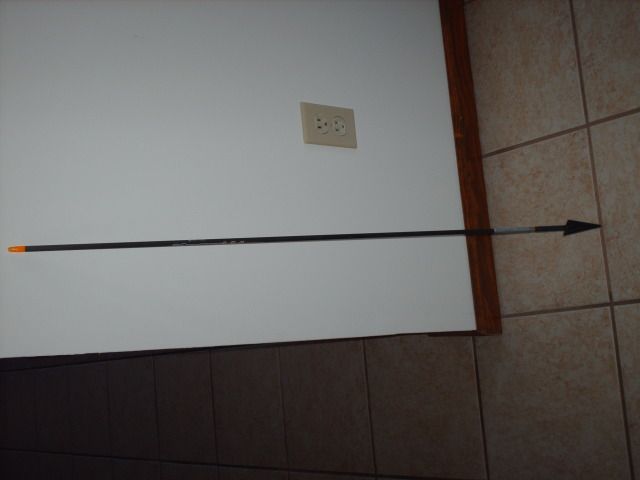

-
Troy my brother……. these nice men want to talk to you….they have a few question

-
Yea,, and our brothers from down under (PNG) thought they had something on me.
See,,, I can do it too!!!!
Wait till Ed see’s this!!!
Troy
-
When I made the first shot at five yards I was suprised. After the ten yard shot I was starting to get impressed. Then I shot at fifteen. Right after the shot i heard something, turned and saw this.

I started laughing so hard it caused my next door nieghbors dog to come over for his daily scratch behind the ears. After taking care of him I did the twenty yard shot. Trust me i was suprised just about as much as him.

when everything was over and I had taken my last pic of everything I knew I had it right because this came to mind.

I love it when nature knows I did it right.
Troy
-
Smithhammer is going to be jealous of you guys!
But you have my applause.

-
David Petersen wrote: Smithhammer is going to be jealous of you guys!
But you have my applause.
I’m proud of the work we’re doing here, gentlemen. Off-season repartee has been taken to a new level.
-
Okay, Breeding, just button your lip and get moving. We’ll see how impressed you are when we get you to Headquarters.

:shock::shock::shock::shock::shock::shock:
One Atta Boy issued!
If … IF … you tried that with a double-bevel BH I wonder what it would look like at 25 yards. I know from the testing I did with unfletched normal FOC arrows that the single bevel showed a steerage effect. The shooting was all close, 10 yards, but with a right-bevel the single-bevel’s wanted to go low and left, as if they were doing a slow-roll, but they made a group. The double-bevels did not group. They made a ‘shotgun pattern’, going every which direction.
I’d like to know if the FOC you have would shoot better at 25 yards, unfletched, with a bouble-bevel. Perhaps you can get a unbeveled blank BH to try. My interest is in the relationship between the arrow’s velocity and the broadhead’s windsheer at BHFOC. I’m sure those PNG arrows were less than 100 fps.
Ed
-
The one thing I do remember is at twenty yards I could see the rotation in the shaft. Without feathers it had to be the single bevel broadhead causing the rotation.
I remember back afew weeks ago I was checking the speed of my bow with different weight arrows to find the different momenium stats.
With a 1183gr arrow it shot 121FPS. with a 1248gr arrow it shot 119FPS
I doubt I could have even hit the piece of paper with a double beveled head beyond 5 yds.
At twenty five yards I noticed the shaft take a taildown and right sweep not far from the bow. I was shooting into a head wind and feel the headwind had alot to do it. Kind of like the broadhead lifted, causing the tail of the shaft to go down and right. The pic shows that I hit high and left.
Troy
-
Troy Breeding wrote: The one thing I do remember is at twenty yards I could see the rotation in the shaft. Without feathers it had to be the single bevel broadhead causing the rotation.
Interesting observations. That is supportive of what I observed with the unfletched normal FOC arrows. It appears that the single-bevel BH does induce some arrow rotation in flight.
Ed
-
Are you trying to tell us that you can shoot a 1,200 grain arrow with a broadhead and hit a 5″ target with out feathers, to 20 yards……..
Then why are people shooting 5 1/2 nanners?………. oh! that’s the way we been doing it sense………. Oh! I understand.
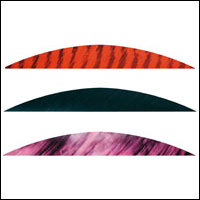
-
Can we say we aren’t repeating current history, but what have happened before modern history!!!
Troy
-

Your never too old to love your work
-
In 1962, Papa Bear, was selling us 5″ feathers… Why?
Because they worked, some will say, really? or did they just mask a whole lot of tuning issues.
A flu flu arrow can be way off in spine because the feathers act like a parachute to bring the back-end inline quickly.
I totally respect our forefathers and the paths they laid down for us, however if we ever stop trying to gain understanding and perfect our hunting tackle with in our chosen limitations, that my friends will be a sad day.

-
I think there is some proof, someone was thinking outside the box.
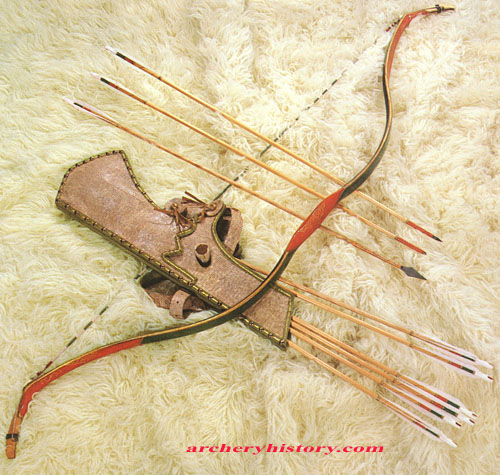
-
Troy — What’s an “annal”? 😛
-
Kingwouldbe wrote: I think there is some proof, someone was thinking outside the box.
“The arrow has been likened to a ship; the feathers corresponding to the rudder with which the ship is steered. If the rudder is too heavy, it slows the ship down and may even cause it to sink; if it is too light, the ship will roll and pitch and be out of control.” – From translation of the 500 year old text on Arabic Archery
Ergo; if the fletching is of a greater amount than the minimum required to stabilize the arrow’s flight all it does is slow the arrow down and ‘cause it to sink’.
Ed
-
You just have to say it with a heavy southern drawl..:D
Troy
-

I told you before “we don’t need no stinking feathers”

“I’ll take care of anyone with ruffled feathers”
-
Hey troy whats your foc on that arrow, I know you had 40% on one at KZOO. how much weight total up front
-
I can can definitely see advantages of FOC and what you are demonstrating is interesting.
I been out back playing with wood arrows and doin some FOC experiments. With woodies I know we’ve always used weight forward to play with spine either heavier point to decrease or lighter to increase. I have a center shot longbow that Gerald ( Yellowjacket Longbows) made and with it I can get away with a lot of different spined shafts so I can play some with FOC. I put some 160 gr. on a couple of arrows and compared with the 125 gr. of matching shafts. At 15 yds. bingo! Cool. Makes me want to invest in some carbon. Good to save money on feathers. I bet with FOC, less feather be the norm.
-
celticknot wrote: Hey troy whats your foc on that arrow, I know you had 40% on one at KZOO. how much weight total up front
Yep, the one I had in K’Zoo (known as the “Airhammer”) has an FOC of 40.4%
Now, you sitting down for this one Matt. The “Fronkinsteen” has an FOC of 43.65%
As you know it takes alot of forward weight to get that kind of FOC. The point weight for “Fronkinsteen” is 780grs. and that does not include the insert.
Total arrow weight is 1205grs.
Troy
-
Forgot to say, I am going to fletch the shaft.
I’m thinking three 1″x 3/8″” feathers in the A&A cut will be plenty.
Troy
-

“Until he gets fletching on I ain’t concerned”
-
-
-
-

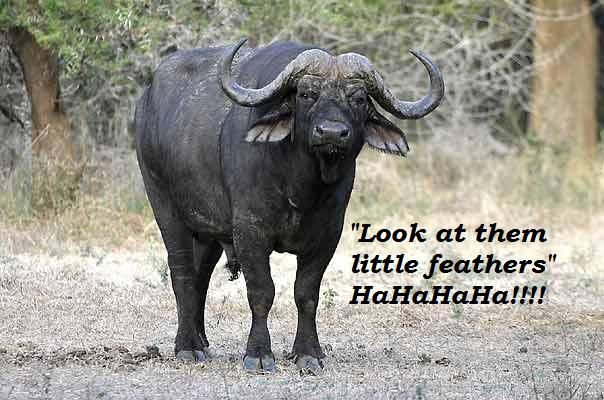

“It ain’t all about size”
-
R2 wrote: If I had an EFOC, heavy shaft with itty bitty feathers it would be good to wind experiments here in Amarillo today. Up to 60 mph. Accuracy would be a problem for sure but it would be interesting to watch arrow flight properties.
It sure would! It’s interesting to watch the EFOC/UEFOC arrows tack across the wind. The tail drifts downwind but the point carries on a much more direct course towards the target. The overall wind drift is noticeably less than with arrow’s having lower FOC.
What I’d love to see is what (if any) penetration difference you see on impact. I’ve not had wind that high to test in. At winds in the 35 to 40 mph speed I can’t notice any loss of penetration. It seems the heavy point pulls the light shaft back into alignment nearly instantly on impact. I’d like to see the results in a higher crosswind.
Ed
-
Ed, I’ll work on acquiring what I need to build a shaft like we’re talking about. I’m sure that Amarillo will have a typical late winter and spring with many days of these high winds. Wind caused misses around here are not an excuse, just a fact of life! There’s times when I’ve had wood arrows get crosswise with the wind and crack when they impacted the target. Aluminum’s have bent. Don’t know about carbon as I’ve only shot a few that belonged to others. I’ll find out whenever I be smart enough to figure out what to shoot out of my bows.
-
R2, if you hit problems building up and tuning a EFOC/UEFOC arrow we’re all here to help. You are perfectally placed, geographically, to collect a lot of useful information on how the EFOC/UEFOC performas in high winds, and at different angkes of attack into and with a very high wind. That’s information no one yet has. I’m greatly looking forward to what you find.
Ed
-
Well, Latest News!
Just finished doing a little test shooting.
5-10MPH tail wind.
Every shot was clean and straight from 10yds to 30yds. with both fieldpoint and broadhead. No noticeable wind plan from the broadhead
I then took the one of my small targets and placed it so that I was shooting into a cross wind.
The tail of the arrow did have some swing with the wind, but the broadhead still impacted the target with plenty of thump and close to my intended spot.
One other thing to consider……
If your shooting at a small target with arrows of this weight make sure to stake down your target.
I thought the first shot was surely going to break the shaft. I was aiming for the upper right quarter of the target. The hit was right where I intended, but it spun and flipped the target several times before it stopped.
Even with the spins and flips the arrow had as much sticking out the back of target as it did sticking out the front.
Troy
-
R2 wrote: I will pm you soon for some arrow info if that be OK.
That would be fine, and I’m sure Troy wouldn’t mine either. He’s probably a better source on tuning for the average bow than I am. Most all my tuning work has been with pretty heavy bows, only one of which was near center shot (and I built its side plate out to make it non-center shot).
However, also feel free to just post it here if you wish. The information, posted for all to see, might well be helpful to others also.
Ed
-

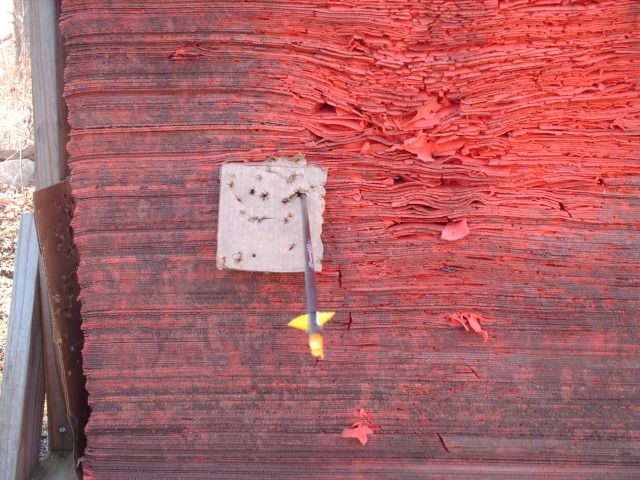
10yds

20yds

30yds
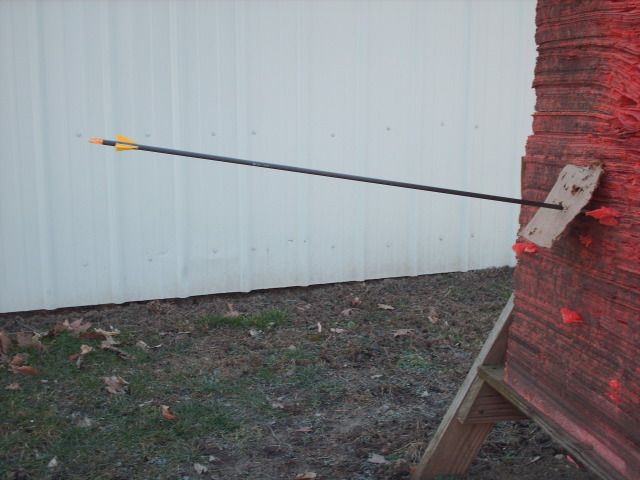
Just so everyone understands, at 30yds the arrow does have an arc.

This is what happens to your target when you shoot heavy arrows.

Broadhead penetration was from this to,
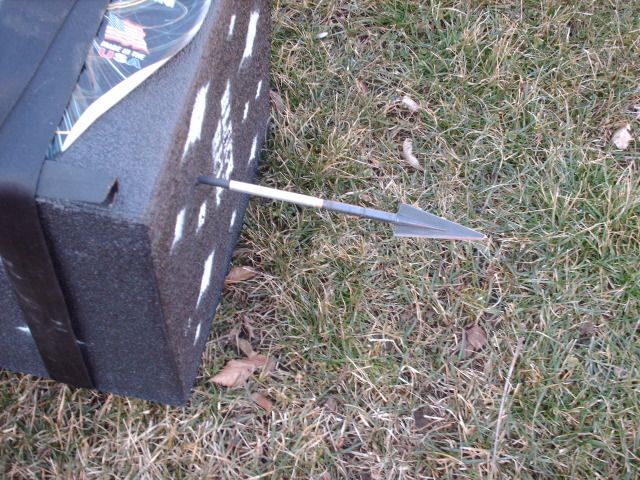
-
Hard to believe three little 1″x3/8″ feathers can control a 1205gr arrow.:D
Troy
-
I also did a little bareshaft testing with the arrows I made up to hunt with this year. They weighed 700grs and had 34.4% UEFOC.
I switched the 315gr points to 425grs and as it looks right now, very little will have to be taken off the shaft to get them flying correct.
Next season I will be hunting with 810gr arrows.
My test show this is the perfect weight for the amount of energy my bow can produce.
Troy
-
Forgot to say I checked the FOC on my hunting arrows with the point change. Was 34.4%, with the heavier point my FOC moves up to 37.1%.
I’m sure it will drop slightly once I get everything in tune, but shouldn’t be much.
Troy
-
Sap,
Looks like you need to retune that pen. You have waaaaay too much feather on it.:D
Troy
-
LOL!!!!
-

“Honest Officer, that pen had plenty of fletching for the amount of FOC”
-
L82HUNT wrote: Question?
With a arrow with that much arc would it act like a slightly untuned arrow because of the tail end so much higher then the broadhead? Or in theory the tail of the arrow still directly behind the broadhead?
L82HUNT,
This shaft and now arrow flies just like any other arrow. Yes, it does have an arc to it while in flight. That is once the distance passes something like 18yds. From 5yds to around 18yds the flight is pretty level. Not much different than what you might see with say a 500gr arrow.
BTW, yes it is slower. From test I did several weeks ago my speed is most likely around 120FPS. Not a screamer by any means, but still packs a wollop. Best thing about it is the noise reduction I get from the bow. Just a low level thump when the bow is shot.
I’d hunt with it on close range shots.:D
Troy
-
You guys have spent wayyyy too much time building this thread, but it’s freakin’ hilarious and I thank you for it.
-
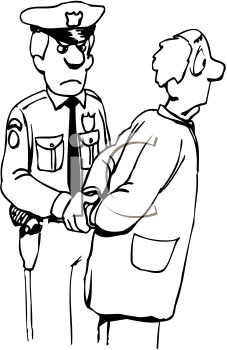
“You have the right to remain silent, anything you say “will” be used against you, that includes talk about heavy arrows, high FOC arrows ,and small fletched arrows. And for dang sure talking about shooting shafts with broadheads and “no” fletching.”
-
-
Troy Breeding wrote: “You have the right to remain silent, anything you say “will” be used against you, that includes talk about heavy arrows, high FOC arrows ,and small fletched arrows. And for dang sure talking about shooting shafts with broadheads and “no” fletching.”
At some venues, that one is way too close to the truth.
Ed
-
-
-
It seems like you guys are on the right track for arrow tunning and max penitration for your setup in your perfect world. I just like feathers for when things go a little off in tough hunting situation like 3 weeks beating the wet willow and alder brush in Alaska. Maybe your string stretches a little, or the nock set gets pushed off a bit, or your release isn’t quite as clean, or your arrow hits a twig or blade of grass, then your feathers will come in very handy. How fast do arrows correct after a defection, with and without fletching? We lose a little control in the hunting world, that’s why we love the adventure. Mike
-
Mike,
This a post Ed made about feathers.
RE: A long look at fletching and EFOC
Posted Thursday, January 19, 2012 at 2:34 PM
The amount of pressure you need on the arrow’s rear is affected by a number of factors. The more fletching surface area you have the greater the pressure. The more off-set in the fletching the greater the pressure exerted, the more helical you have in the fletching the greater the pressure exerted.
On the other side of the equation the higher the arrow’s FOC the longer the rear steering arm, and the less fletching pressure required to steer the arrow. The broadhead you chose to use is also a factor. Some broadheads exhibit more windsheer effect than others, and you need sufficient fletching pressure to overcome that.
The more pressure the fletching exerts the more drag there is on your arrow in flight. This slows your arrow in flight. A straight fletched feather (no offset and no helical) still induces arrow rotation in flight and the less fletching surface area you can use will result in more arrow speed and more retained arrow force downrange.
It’s all a balancing act, but there are advantages to using the least amount of fletching, with the least offset and helical you can get away with. The smaller, ‘straighter’ fletching not only conserves arrow energy in flight it also results in quieter arrow flight and less wind drift in a cross wind. An added advantage we’ve found with the short, stiff A&A fletching pattern on the EFOC arrows is that you can soak the feathers in bucket of water for 30 minutes, take them out and, without even shaking the excess water off, put them in a shooting machine and they will still shoot into the same hole at 40 yards. They are virtually impervious to the effects of having wet feathers.
Ed:::::
Tune the shaft correct, then fletch. Afterwards, tune the fletching to your broadhead and hunt.
Nothing will cover all aspects of what might happen when hunting. However, if you tune everything correct most of those worries what happen.
Troy
-
ptschantz wrote: Troy, what weight bow are you shooting these from?
Dang it, now I’m going to be playing with EFOC arrows for sure. The wife will be thrilled…
Not shooting a heep of bow weight. It’s a recurve I built myself, 55#@29″.
“Airhammer”, “Fronkinsteen” and a few others were built just to see if it can be done.
I’ll be hunting with 800grs (give or take a little) this fall.
I plan on building another bow this spring that will be +/- 60#. If it shoots as I expect i may run my arrow weight to 900grs +/-
Troy
-
You better believe it’s feathers I’m talking here!
Perfect day it was for shooting!! 72 deg./5 mph wind!
Not near as tech as Troy’s work but a start for me on feathers and FOC. I usually use 3-5″ and 125 gr. on my 2016’s. I tried 3-4″ w/145 gr. and all worked great. @ 20 yds. there was negligible point of impact but the arrows definitely stuck in the 3-D targets deeper. I didn’t calculate the FOC % and it wouldn’t be much methinks, but the weight forward and less feather is good and with aluminum shafts it also weakened the spine with the heavier points so that is good as at 47 #’s a 2016 is a bit stiff. I realize it’s a different world with carbons but putting the horse in front of the cart works better period.

-
You guys … no need to stoop to posting photos of my first wife! 😛
R2 — I suggest you don’t stop at 145. Field points are cheap and as simple to change as a few twists off and on. Keep adding weight until you find the max FOC your alums will allow … it might be a lot higher than you think if you were overspined to begin. And maybe you have even half an inch of extra length to cut … well, if your inserts are not heat-glued in you might have to cut back 3/4″ or so … then you have even more spine to work with.
So here’s a question in the shape of a monkey wrench: The wheelie boys have been shooting little plastic vanes forever. The plastic/feather difference aside, what is it, what force or law of physics allows tiny flethching with 75- and 100-grain points? Is it speed? The lightness of the overall arrows? This question has nothing to do with penetration or other serious hunting concerns, but is mere curiosity about what allows this seeming anomaly, while we trad folks need EFOC in order to reduce fletching size. ???
-
Dr. Ed Ashby wrote: Ultra Weight Forward of Center certainly doesn’t need big feathers to work for me …

Ed
For a second there, I thought I was on the wrong site 😯
Now, that’s ALL Traditional right there…lol
-
David Petersen wrote: So here’s a question in the shape of a monkey wrench: The wheelie boys have been shooting little plastic vanes forever. The plastic/feather difference aside, what is it, what force or law of physics allows tiny flethching with 75- and 100-grain points? Is it speed? The lightness of the overall arrows? This question has nothing to do with penetration or other serious hunting concerns, but is mere curiosity about what allows this seeming anomaly, while we trad folks need EFOC in order to reduce fletching size. ???
Surf around YouTube for high speed videos of arrows being shot with fingers out of recurves versus a mechanical release from a centershot compound bow. Then take into consideration the relative inconsistency of releasing with fingers versus a mechanical release. It’s not physics; it’s a lack of paradox and a consistency of execution.
-
David Petersen wrote:
So here’s a question in the shape of a monkey wrench: The wheelie boys have been shooting little plastic vanes forever. The plastic/feather difference aside, what is it, what force or law of physics allows tiny flethching with 75- and 100-grain points? Is it speed? The lightness of the overall arrows? This question has nothing to do with penetration or other serious hunting concerns, but is mere curiosity about what allows this seeming anomaly, while we trad folks need EFOC in order to reduce fletching size. ???
x2. I’ve been pondering the same thing. All I can come up with for an explanation is speed.
-
mittenm wrote: It seems like you guys are on the right track for arrow tunning and max penitration for your setup in your perfect world. I just like feathers for when things go a little off in tough hunting situation like 3 weeks beating the wet willow and alder brush in Alaska. Maybe your string stretches a little, or the nock set gets pushed off a bit, or your release isn’t quite as clean, or your arrow hits a twig or blade of grass, then your feathers will come in very handy. How fast do arrows correct after a defection, with and without fletching? We lose a little control in the hunting world, that’s why we love the adventure. Mike
Hi Mike, how are you, I trust all is well.
Your’ missing the mark my friend, it’s 180 degrees in the opposite direction, the EFOC arrow is so forgiving this nutt…… I mean, this mad scientist….. oops.. I mean Troy, has shot a BROADHEADED ARROW, with ZERO FEATHERS…… try this, Take your knife and cut your feathers off one of your hunting arrow and go shoot it out side and come back and tell us what happens.
I’ll tell you what will happen, at best, it will do big circles, at worst it will take off in some unknown direction scaring the He!! out of ya.
The High EFOC arrow needs less feather because it is already under control, there for, just a little dab will do ya.
Take care Bro…
-
J. has it right. Take a bow that has been tuned with the use of a shooting machine. Set the draw, arrow weight, everything just as you shoot, then try shooting that same setup with fingers. It want work…
Fingers just can’t get off the string as clean as a release.
Drag on the fingers and rolling of the string are just a few of the different things.
Troy
-
Ya, I’ll be delving into finding some heavier screw in points. Just gotta order some. There is a bow shop here but never been in it as it’s totally wheels and speed oriented. 400 gr. is a heavy, heavy arrow so 160/200 gr. points may be a problem. I go see.
-
R2 — ditto our local “bow” shop. Top weight field points and broadheads they sell are 125, down to 75, and the staff seem honestly amazed to hear they come heavier. 😛
On the other front — why wheelies can shoot accurately with tiny vanes when they have minus-FOC points — stability via centershot bows and trigger releases makes sense. Thank thee kindly.
Which brings up yet another money-wrench question, probably aimed mostly at Ed who clearly has done serious research in the historical arena: Has any “primitive” group of archers, anywhere in the world and anytime in history, ever used a string release? If so I’d assume it’s static rather than mechanical (that is, no moving parts or trigger action)??? Again, just curious. Sure is cool to hang out with folks who know all this interesting, and so often highly useful, “trivia.”
So far as the girlie pics, to be fair to our beloved Webmother and other “lurker” ladies (they read but don’t often post), next time a need for such arises, you should use a male model. Sexual equality, you know. Just please PM me first with a warning so I can go read a book instead. 😆
-
R2 wrote: I wonder if a thumb ring that Mongolians use would be somewhat release like? Looks like a good way to bust your nose if you didn’t grow up shooting that style.
Close. The Mongolian thumb ring was often use more as a tab for the thumb, with the bowstring being drawn with the thumb and index finger, which was wrapped over the thumb.
Typical Mongolian type thumb ring.
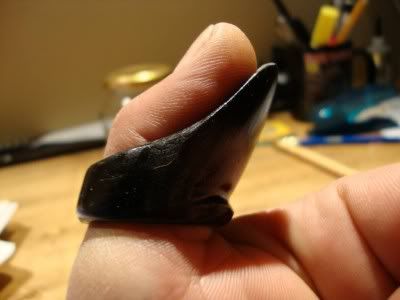
The Korean thumb ring is used as an actual release aid. The bowstring is drawn using ONLY the thumb. The bowstring is in contact with the ring only. This gives a very fast release, but is a difficult technique to learn and use.
Korean thump ring.
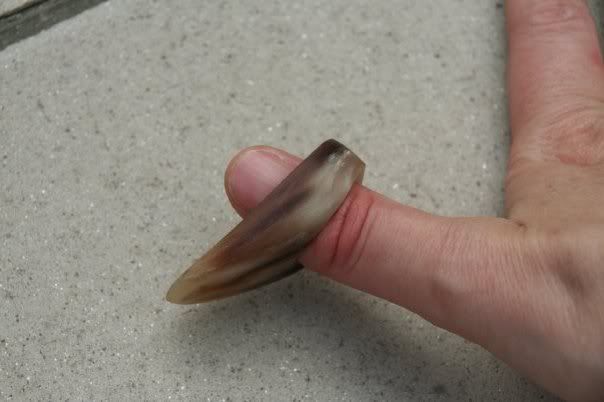
The Chinese used a thumb-only drawing ring somewhat similar to the Korean ring but also used at least one type of thumb ring that differed from both the Mongolian and Korean. It has a curved projection from the ring that holds the bowstring, and the index finger is then hooked over the projection. Upon release, which is accomplished by releasing the index finger, the ring rotates on the thumb. Unfortunately I couldn’t locate a photo of that type of ring. I’ve been told (but don’t know for certain) that some of the Mongols used this type of thumb ring also.
Ed
-
After several PM’s I think I need to share or clarify a few things.
You can not just take your regular arrow and cut the feathers down, You must have EFOC to get the results we are talking about.
A EFOC arrow is stable by design, therefor needs or requires less fletching to do the same work 5″ feathers do, so that you under stand a little better, it’s like putting flu-flu feathers on your hunting arrow 😯 why in the world would you do that, it makes your arrow LOUD and SLOWS it down, down range, yet, you can pluck the arrow all you want, it will fly straight, even if it’s not tuned to the bow, it will fly straight, as the HUGE feathers masques or covers up any errors in the tune.
No one would hunt deer with a flu-flu arrow with a broadhead, will it straiten your arrow up with a bad release, it sure will, but at a cost.
If you tune your regular hunting arrow, you do not need flu-flu feathers to stabilize it, it’s the same with a EFOC arrow, you just need less feathers to do the same work of 5″ feathers of a regular hunting arrow.
I have heard a few people say, they want more feathers for hunting to stabilize there arrow for hunting conditions, and I do agree, for REGULAR arrows, however with the EFOC hunting arrow, it is not needed.
We are NOT taking a regular arrow and cutting the feathers down, we are building a whole new arrow, from the ground up.
Hope this helps
-
Kingwouldbe wrote: You can not just take your regular arrow and cut the feathers down, You must have EFOC to get the results we are talking about. … I have heard a few people say, they want more feathers for hunting to stabilize there arrow for hunting conditions, and I do agree, for REGULAR arrows, however with the EFOC hunting arrow, it is not needed. … We are NOT taking a regular arrow and cutting the feathers down, we are building a whole new arrow, from the ground up.
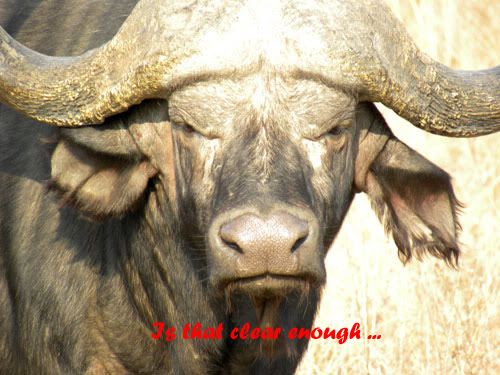
-
My fletching clamp is helical, but with the short feathers it’s not going to show. I also set the clamp so that it has no offset. Basically, it’s almost like using a straight clamp.
Troy
-
-
AuthorPosts
- You must be logged in to reply to this topic.



